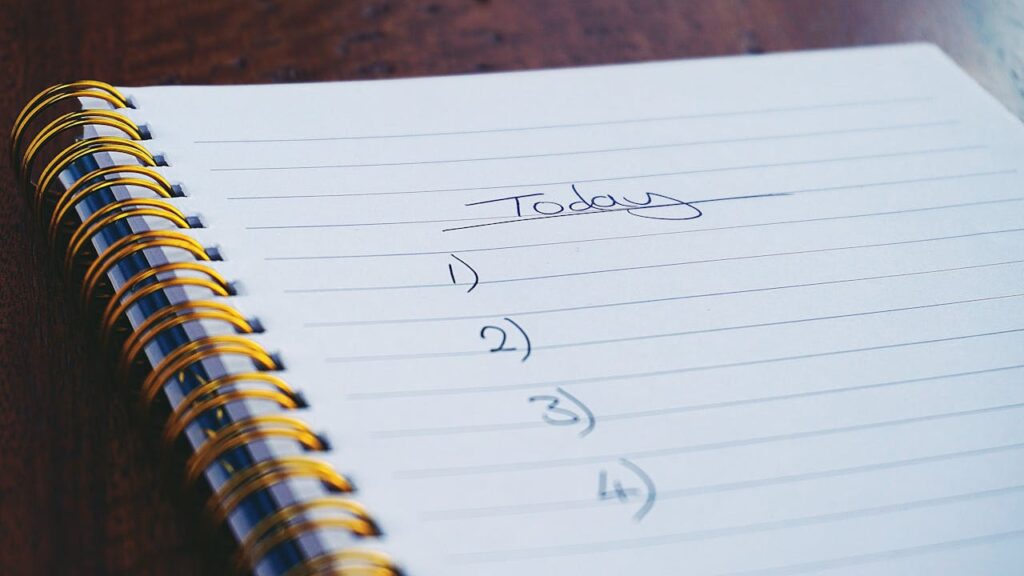We discussed two different types of student goal setting in two previous blogs. Empowering Young Minds: SMART Goal Setting for Elementary School Students discussed what SMART goals were and provided tips on how to engage students in the process of goal setting. Some tips we recommended for teaching goal setting were to set goals as a class or let students create a vision board, or keep a goal journal, and do regular check-ins with the students. In a follow-up blog, Mastering GRASPS: Goal-Setting for Authentic Learning, we discussed using GRASPS for setting short-term goals for a specific assignment. We suggested SMART and GRASPS goals foster the development of a growth mindset and self-directed learning leading to greater learner autonomy and increased intrinsic motivation.
How and where should you start?
Start with Setting Personal Goals
There are three types of goals: personal, behavior, and academic. Personal goals are great for elementary student goal setting! These goals for younger students are typically associated with activities at home. For middle-school or high-school student goal setting, personal goals can include engaging or improving in a sport or hobby. The table below provided examples of personal goals.
| Hobby/Talent | Sport | Health/Home | Helping Others |
| Level up in a video game Ice skating Video editing Sewing/Knitting Magic tricks | Increase practice time Learn a sport Run a 5K Score in a sport Practice 3 times a week | Make my bed Eat fruits Eat vegetables Drink water Go to bed at a certain time | Be kind Hold the door Greet adults in the building Watch a younger sibling Help my grandparents |
Steps we recommend:
FIRST: Use prompts like the ones below to start a class discussion! With younger students, a morning meeting is a great time to discuss goal setting. With middle- and high-schoolers perhaps a homeroom period is an appropriate time.
SECOND: Share about how and why you set goals for yourself. Perhaps you want to make sure to drink 60 ounces of water a day or get in a certain number of steps. It is great for students to learn from your example!
THIRD: Share a few inspirational quotes, like the ones below, and have them reflect on their meanings.
“Believe you can and you’re halfway there.”
Theodore Roosevelt
“In order to succeed, we must first believe that we can.”
Nikos Kazantzakis
“You’re braver than you believe, and stronger than you seem, and smarter than you think.”
A.A. Milne
“Nothing that’s worth anything is easy.”
Barack Obama
“You never fail until you stop trying.”
Albert Einstein
FOURTH: Start tracking goals! After setting personal goals, tracking them can be a challenge because we don’t know if the student actually completed them. So they are more on the ‘honor system’ as we take our students’ word for it. Nevertheless, they are the building block for setting behavior and/or academic goals.
Repeat the same steps with behavior and academic goals. See below!
Move on to Behavior Goals For Whole Class (or Individual Student)
Behavior goals are the ones a student wants to achieve as it relates to their behavior, such as ‘raising my hand’ or ‘thinking before I speak’. We suggest starting with a whole-class goal and keeping it a short duration goal (1-2 days for K-3, and up to 5 days for older students). This is a good point to start tracking the goal on a wall chart so everyone can see it!
A progression from whole-class behavior goals is individual behavior goals with daily, weekly, or monthly student and teacher tracking.
Progress to Academic Goal Setting
After behavior goals and their tracking have been well-established and become routine in nature to the students, we suggest introducing academic goals setting in the form of SMART goals and GRASPS goals. Please read our two previous blog posts to learn more: Empowering Young Minds: SMART Goal Setting for Elementary School Students and Mastering GRASPS: Goal-Setting for Authentic Learning.
Conclusion
Embracing student goal setting is like equipping them with a compass for their academic journey. From the foundational steps of setting personal goals to the more structured approach of academic goal setting, each phase contributes to their holistic development. By instilling the belief that they have the power to shape their futures, educators play a pivotal role in nurturing confident, self-directed learners. So, as you embark on this journey with your students, remember that every small step towards a goal is a giant leap towards realizing their full potential!

